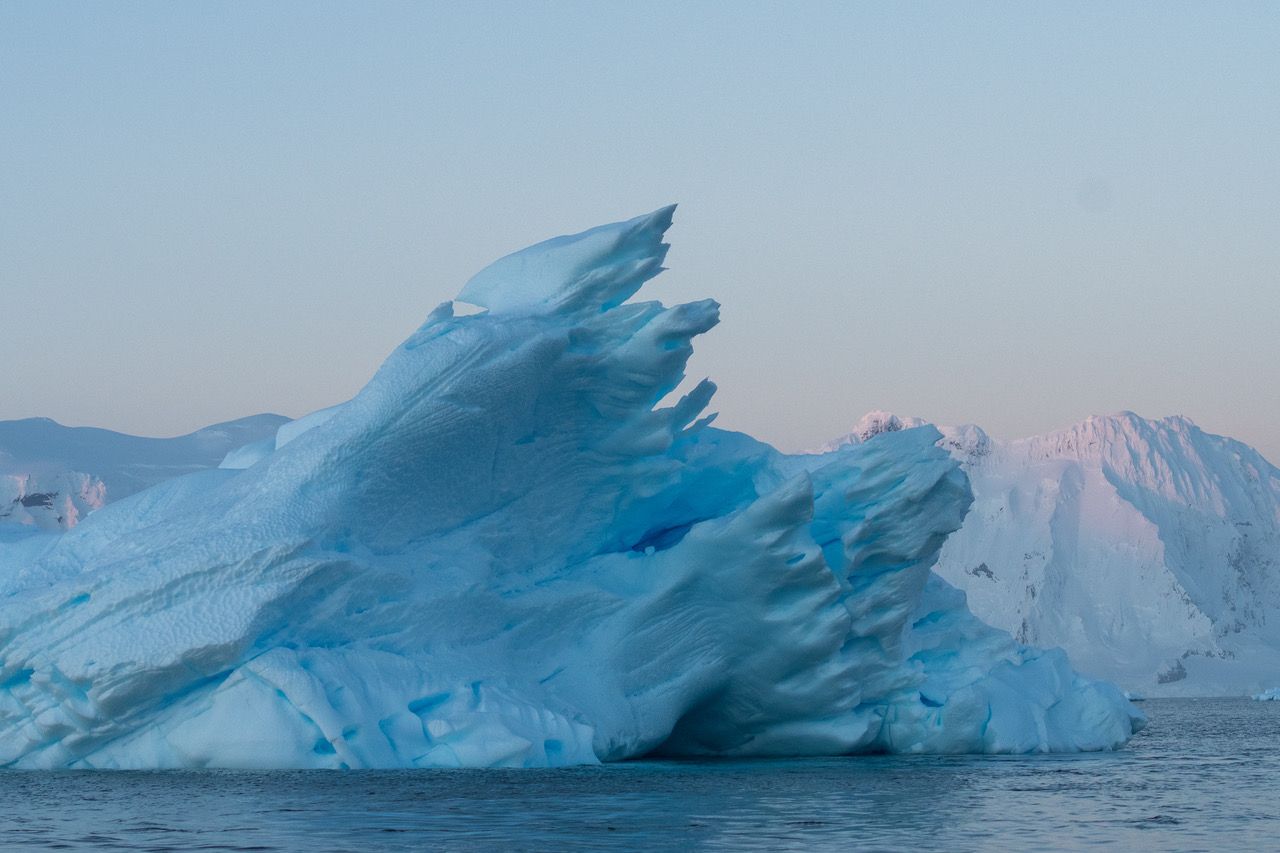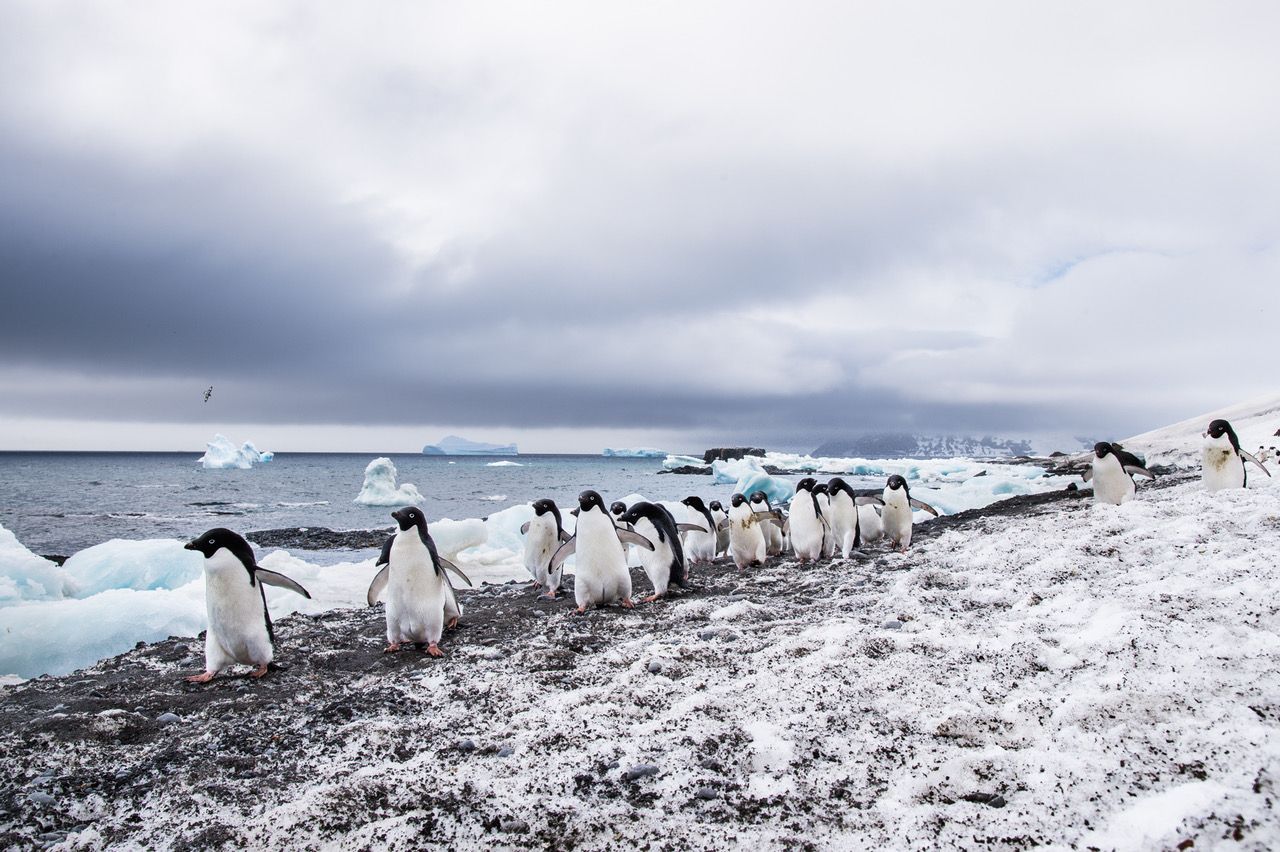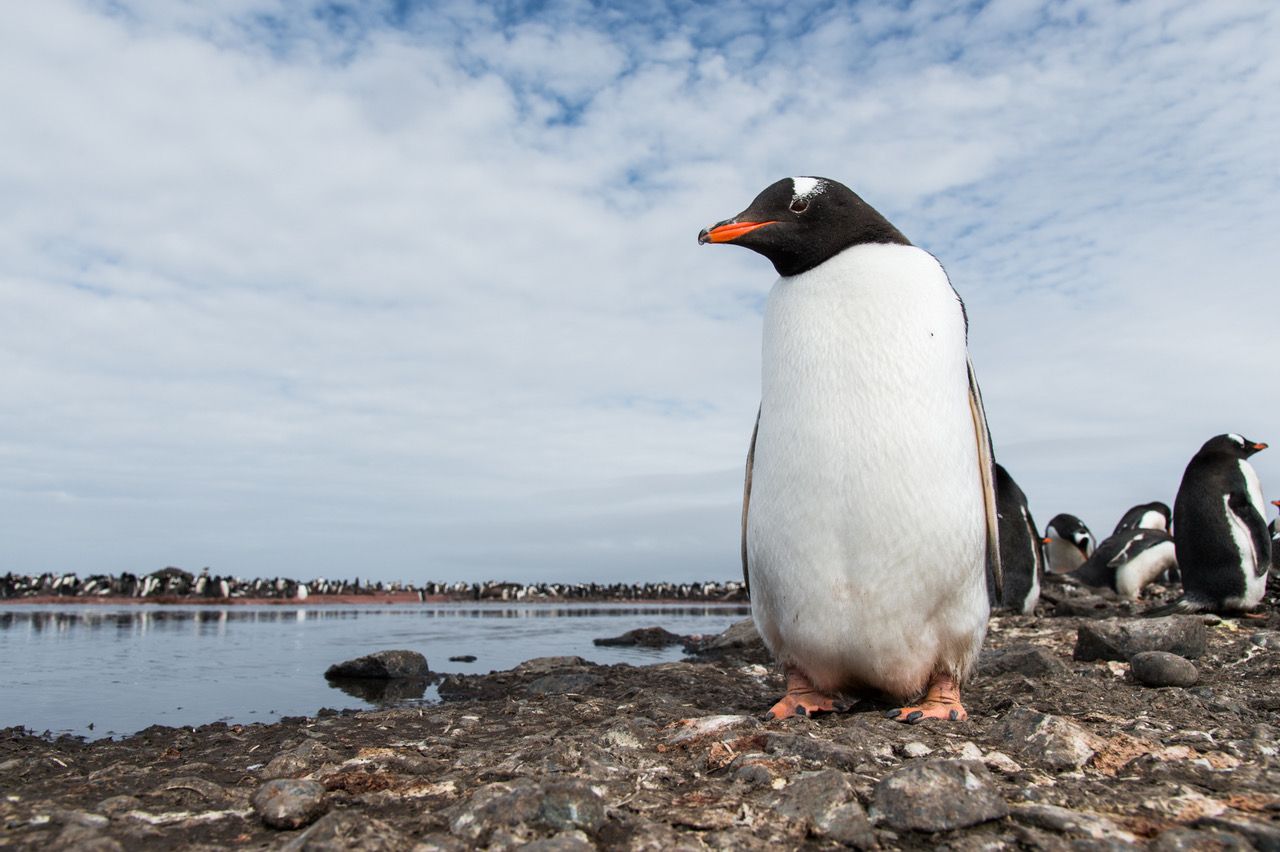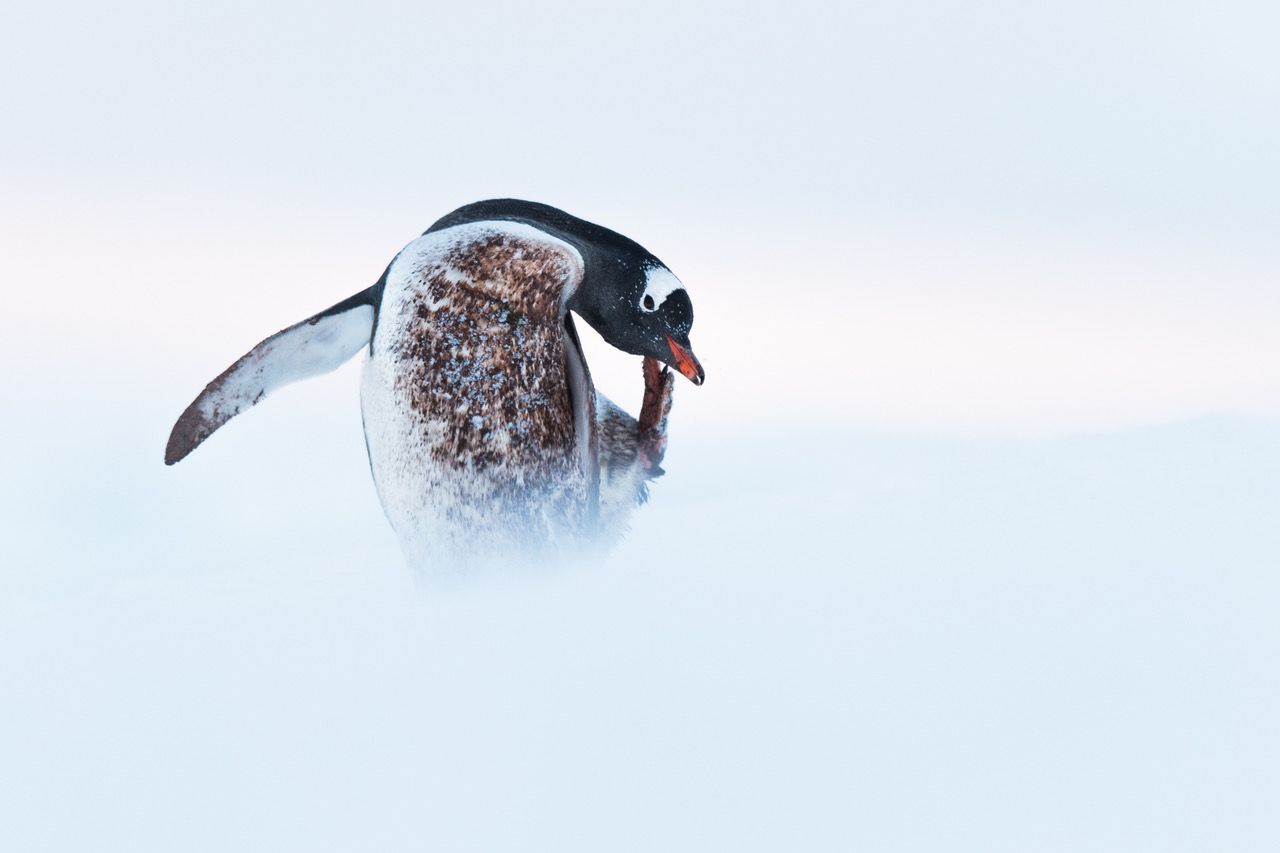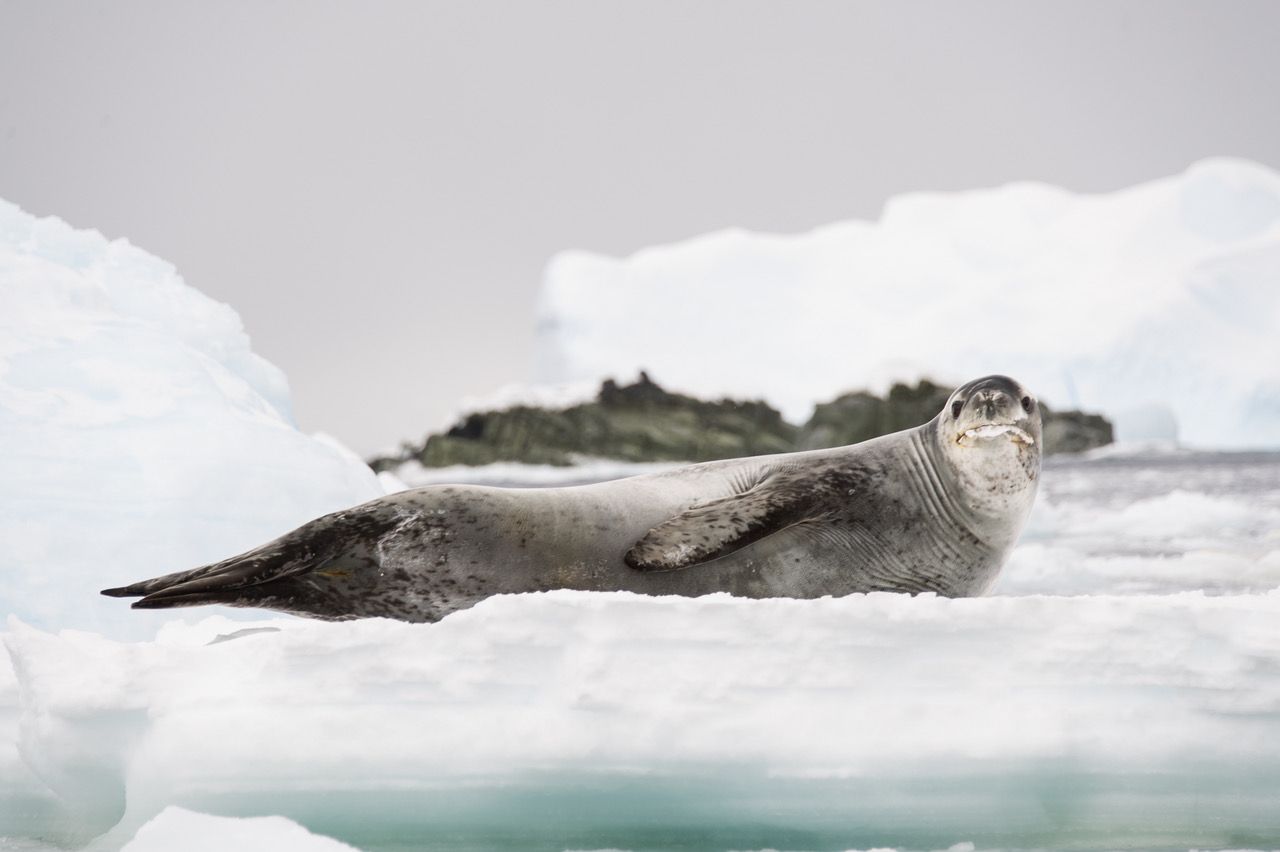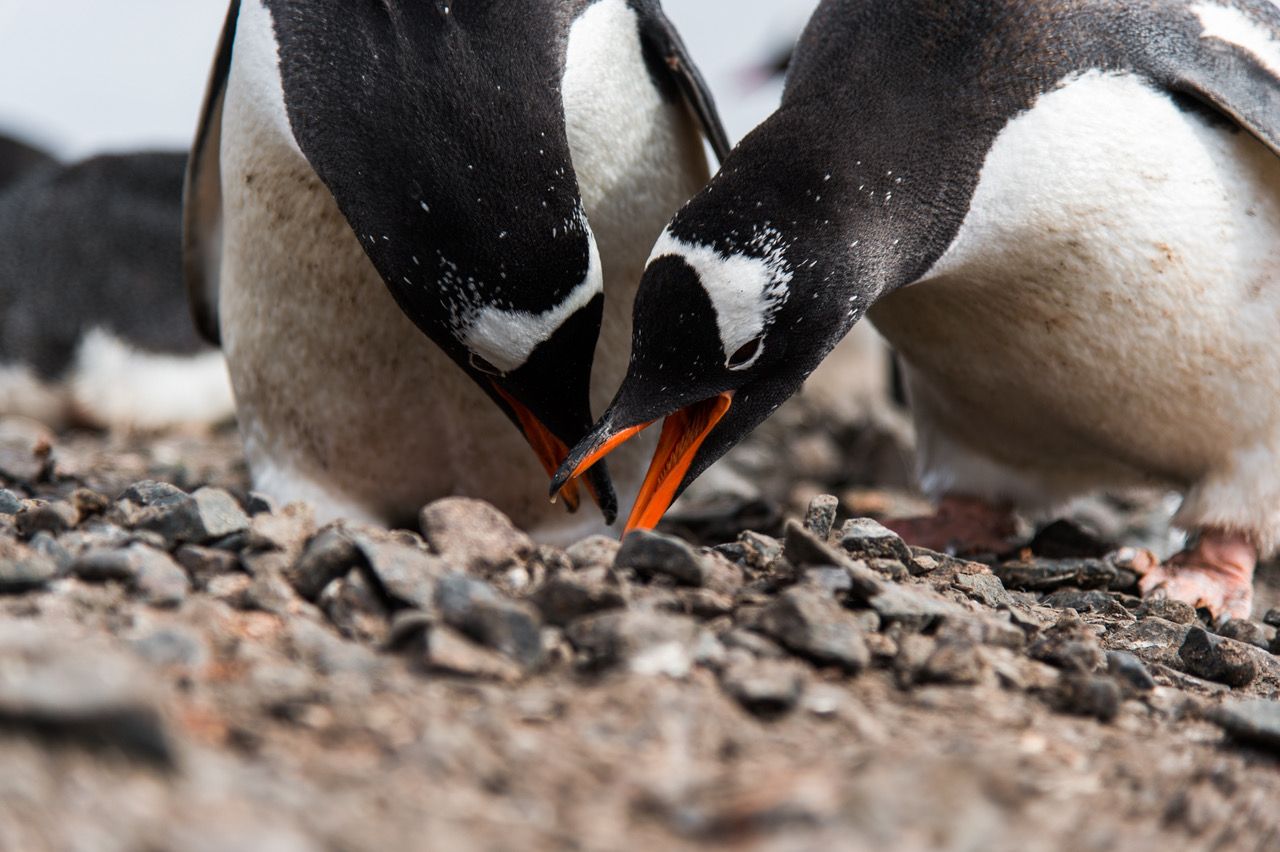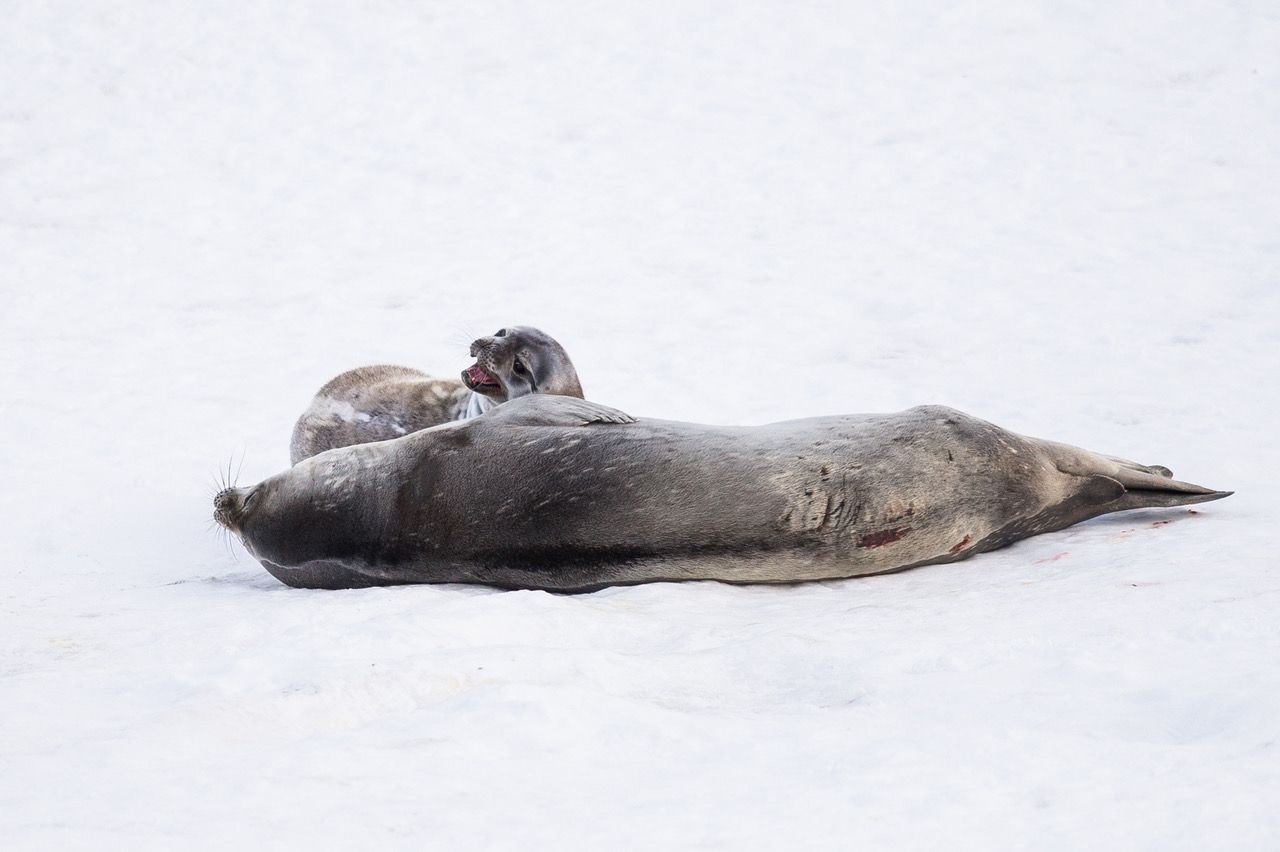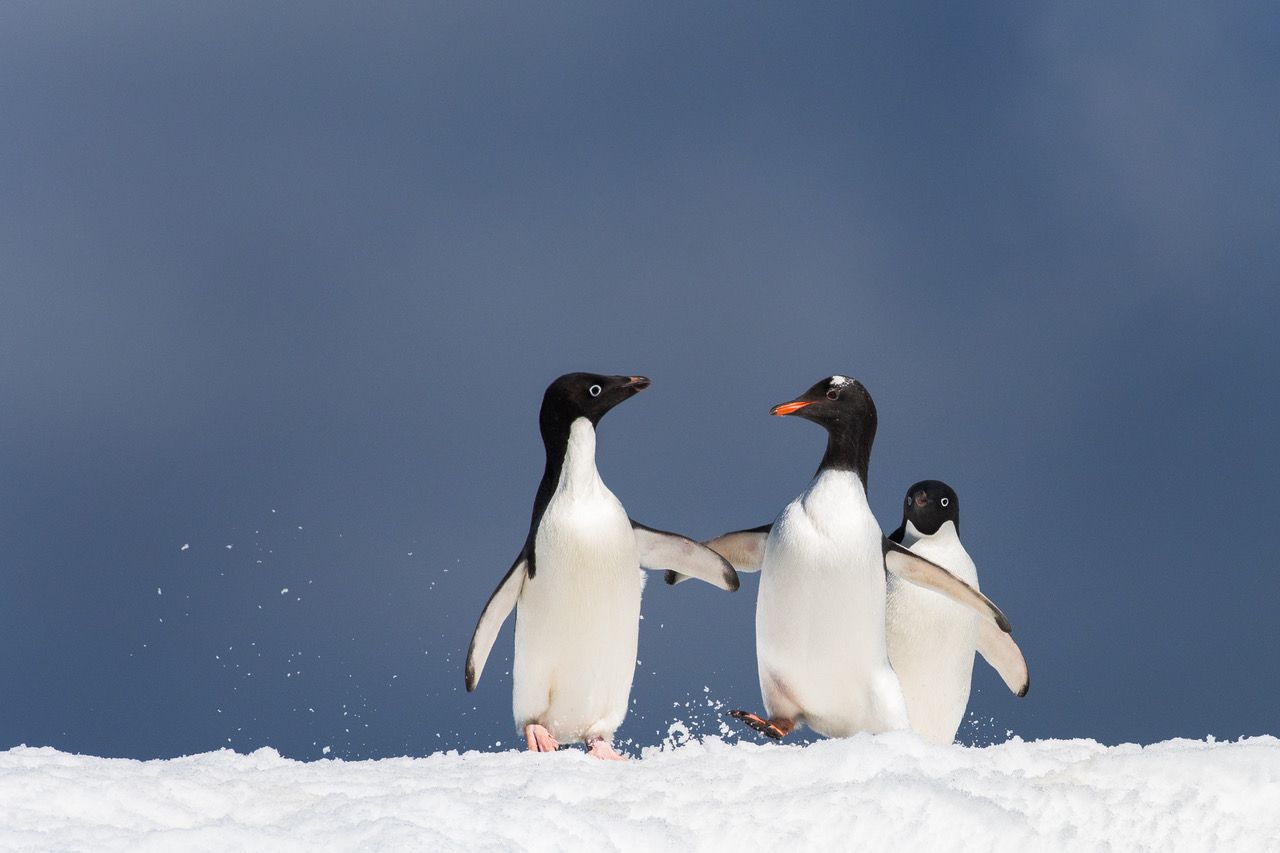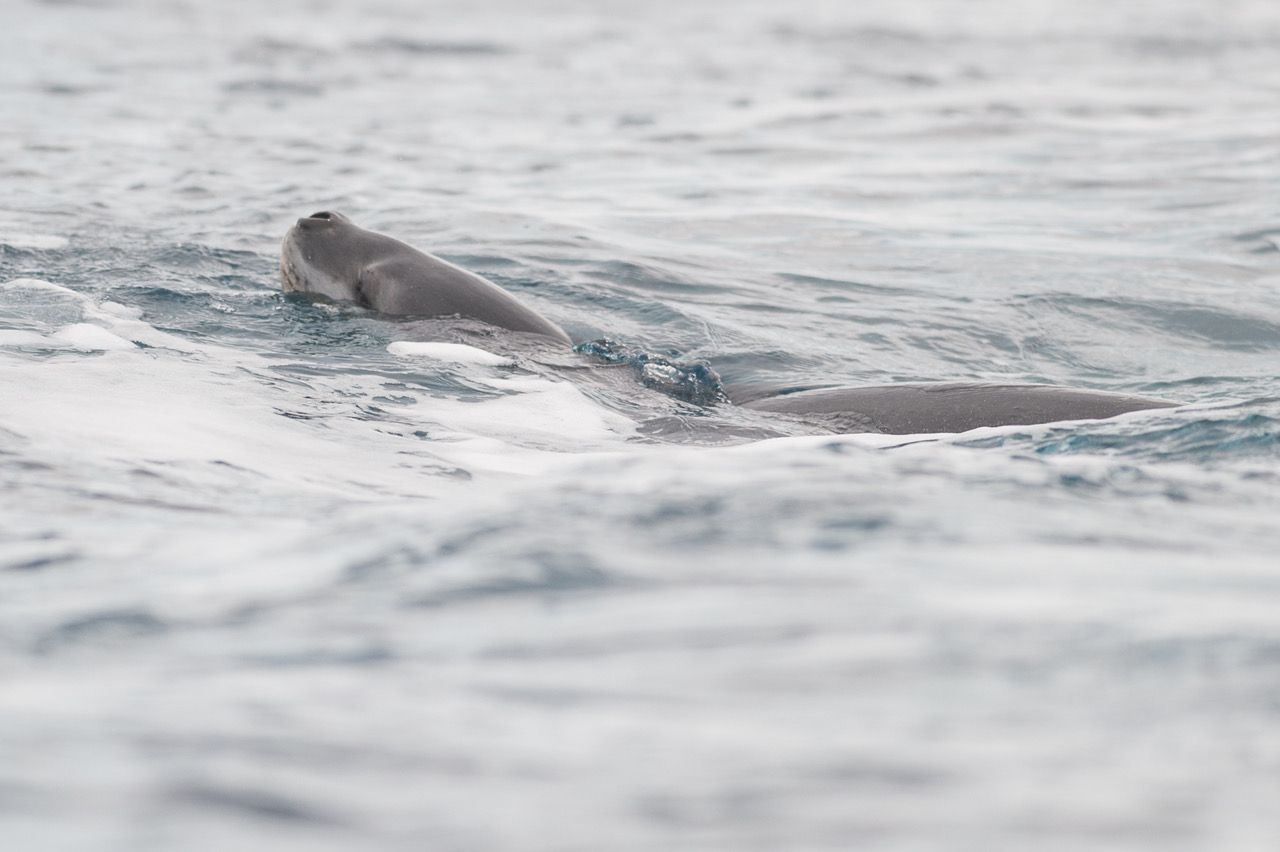Most of us know very little about Antarctica and its wildlife, but these fascinating facts will help you discover this mysterious continent from the comfort of your home. Here are 15 facts about Antarctica and its wildlife that will leave you speechless:
1. All life in Antarctica depends on the ice around the continent.

Photo: Audun Dahl

